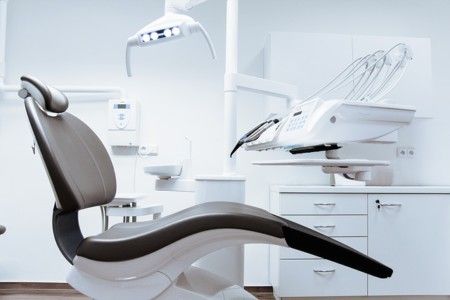No fear of the dentist
Numerous patients shy away from visiting the dentist – because of fear. Conventional treatment methods, which of course include drilling, grinding and also pulling teeth, cause a certain amount of discomfort not only before going to the dentist.
In many cases, these unpleasant measures are also associated with pain, which already begins during treatment.
Those who wish to avoid this can resort to alternative methods to anesthetics, which are usually administered intravenously.
Intubation anesthesia (ITN) at the dentist’s office
This type of sedation is called intubation anesthesia (ITN). In this case, a specialist, an anesthesiologist, administers a central anesthetic, which puts the patient in a sleep-like state, with mostly independent breathing.
This is an optimal option, especially for patients with anxiety.
The costs are usually borne by the patients themselves, although there are health insurance companies that pay them under certain conditions, for example in the case of children up to 11 years of age.
Multiple fields of application
In addition to patients with dental phobia, patients with disabilities and children also belong to the group for whom sleep anesthesia is a viable alternative to conventional methods.
Often this is, of course, under careful consideration of potential risks, the only way to carry out a successful treatment.
The German Society for Pediatrics states in a publication that ITN treatment for this group of people will also bring lasting success, as traumatization caused by repeated painful treatment is avoided.
The fields of application are manifold, as exemplified:
- Denture rehabilitation,
- Removal of wisdom teeth,
- Long-term surgical interventions.
The number of treatment appointments is reduced to a minimum. Often the measures can be carried out in one operation.
Numerous advantages of the ITN method
Sleep anesthesia allows patients to be completely relaxed while the anesthesiologist supervises and the dentist continues his procedures, and to be absolutely unaware of this painless treatment.
From the extensive positive features of the dental treatment, there are numerous advantages for the patients, such as:
- Treatment can last up to seven hours,
- safe method of treatment with complete elimination of pain,
- Low risk of swelling after treatment,
- low risk of pain after treatment,
- gentle and efficient treatment method (also fewer treatment appointments),
- No treatment anxiety.
After successful treatment with this modern procedure, patients can immediately relax in the resting rooms of a dental office and then leave the place without any after-effects.
All patients are thoroughly examined for tolerance before the procedure and anesthesia, and are also advised and informed about possible risks.
